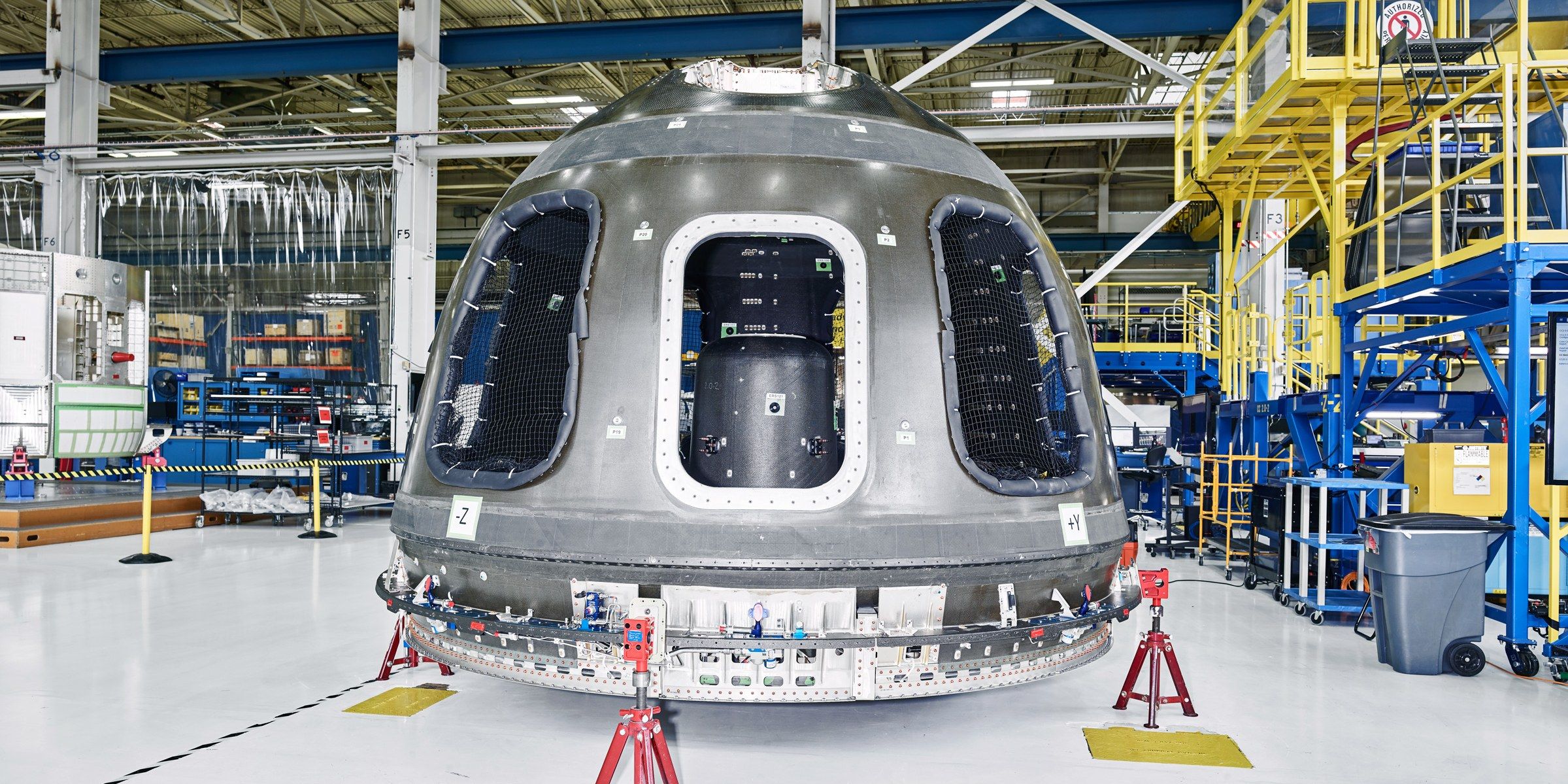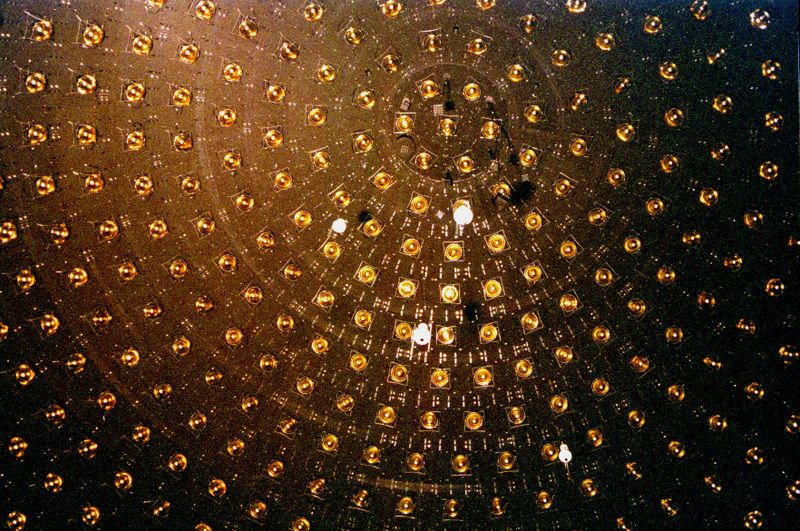Oct 16, 2018
MIT Knows That AI Is The Future
Posted by Genevieve Klien in categories: biological, chemistry, robotics/AI
MIT has launched the Stephen A. Schwarzman College of Computing, a $1 billion center dedicated to “reshaping its academic program” around AI. The idea, said MIT president L. Rafael Reif, is to use AI, machine learning and data science with other academic disciplines to “educate the bilinguals of the future,” defining bilingual as those working in biology, chemistry, politics, history and linguistics with computing skills that can be used in their field.

















